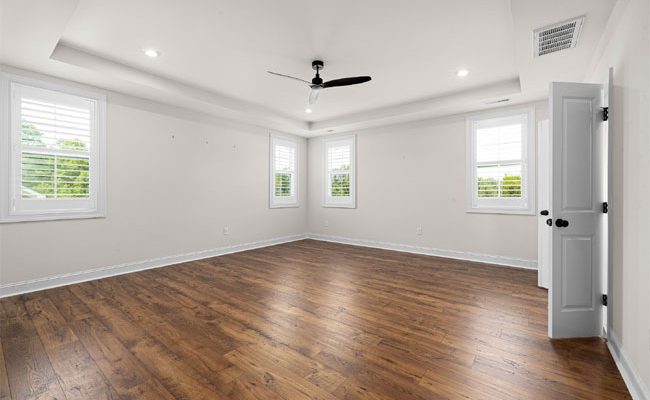
When it comes to building a new home or commercial space, there are two main approaches you can take: design build or traditional construction.
Both methods have their advantages and drawbacks, making it important to choose the one that aligns with your specific needs and wants. Design build involves hiring a single team of professionals to handle every aspect of the project – from designing plans to constructing the building. On the other hand, traditional construction involves hiring separate home remodeling contractors for each stage of the project. In this article, we will explore the key differences between these two approaches so that you can make an informed decision about which one is right for your next construction project.
Explaining the differences between Design Build and Traditional Construction
Design Build and Traditional Construction are two of the most commonly used methods for building a structure. Although both have the same end goal, there are significant differences between them. Traditional Construction is the more conventional method where an owner hires an architect to design a structure, and then a contractor bids on that design to build it. The project owner acts as the intermediary between the architect and contractor throughout construction.
Meanwhile, Design Build is a streamlined process in which one entity handles both design and construction aspects of the project from start to finish. Rather than hiring separate contractors for each phase, Design Build streamlines communication, improves efficiency, accelerates timelines, and reduces costs by minimizing miscommunications or errors that can occur when multiple parties work on different parts of a project.
Understanding Design Build: The benefits and drawbacks
Design build is a construction project delivery method that involves one team, the design-build team, handling both the design and construction aspects of the project. The benefits of this method include improved communication between designers and builders, faster completion times due to overlapping phases, and potentially lower costs due to fewer change orders. Additionally, there is often increased accountability for the final product since all aspects of the project are handled by one entity.The role of a residential designer is crucial in ensuring that homes are not only beautiful but also practical and comfortable to live in. With their keen eye for detail and expertise in space planning, they can transform any space into a dream home.
However, there are also potential drawbacks to this method. One concern is that it may limit competition among architects and contractors. Additionally, there could be a lack of checks and balances since one entity is responsible for both design and construction. There may also be limited opportunities for collaboration with outside consultants or subcontractors.
Advantages of Traditional Construction: Pros and Cons
Traditional construction methods have been used for centuries, and they remain popular today. Here are some advantages and disadvantages of traditional construction:
Pros:
1. Quality:
Traditional building methods usually result in a high-quality product that is built to last.
2. Familiarity:
Many contractors are familiar with traditional building techniques, which makes it easier to find experienced workers.
3. Cost-effectiveness:
Traditional construction can be more cost-effective than other methods if the design is simple.
Cons:
1. Time-consuming:
Because traditional construction requires many steps, it takes longer to complete than other methods.
2. Limited flexibility:
Once a traditional building has been constructed, it’s difficult to make changes or additions without significant cost or disruption.
3. Environmental impact:
Traditional construction materials can be harmful to the environment if not disposed of properly.
Factors to consider before choosing a method
When considering whether to use a design build or traditional construction method, there are several key factors to consider. One of the most important is budget. Both methods have their own unique cost structures and it is essential to understand these before making a decision. Design build can often be more expensive upfront due to the added coordination and collaboration required between the design and construction teams, while traditional construction may have more potential for hidden costs throughout the process.
Another important factor is project timeline. Design build can often lead to faster completion times as the design and construction processes are happening simultaneously, but this also requires close communication between all parties involved. Traditional construction may take longer as each phase of the project is completed separately but can allow for more flexibility in terms of making changes throughout the process.
Conclusion: Which method is right for you?
In conclusion, choosing between design-build and traditional construction depends on various factors, including budget, project complexity, and timeline. Although traditional construction may be ideal for large-scale projects that require meticulous planning and execution, design-build is the preferred option for clients seeking a streamlined approach to construction. Ultimately, it is essential to work with an experienced contractor who can guide you through the decision-making process and help you choose the best option that aligns with your needs. Whether you opt for design-build or traditional construction, ensure that you maintain open communication with your contractor to achieve a successful outcome. Choose wisely and let your dream building become a reality!
Leave a Reply